Car people often say, “they don’t make them like they used to,” when describing how car design and safety have changed over the decades. A similar statement could also be said about trailers. There was a time when trailers were things of beauty, rather than boxy hotel rooms with swoopy decals. Unfortunately, buying an old camper or house trailer to get the gorgeous looks often comes with having to deal with ancient equipment and an outdated or dangerous electrical system. This 1946 Spartan Manor Model 25 is the best of both worlds. It’s old and bold outside with its polished aluminum body, and all new on the inside.
This trailer comes from the era when one of the hottest developments in travel trailer and mobile home technology was constructing trailers like airplanes. Builders had realized that the same stressed aluminum that made the era’s planes so sturdy could also be used to make a long-lasting trailer. The fact that these trailers looked absolutely stunning was really only the sweetener.
The 1930s and the 1940s saw the creation and rise of icons like the Bowlus Road Chief and the Airstream Clipper, but they were hardly the only ones. For decades, Spartan was also a prominent name in trailers used as mobile homes. This Spartan Manor Model 25 was a high-end trailer when it was new. Today, it’s been refreshed and reimagined as a cool way to travel. Now, some lucky person can own it.
From Planes To Trailers
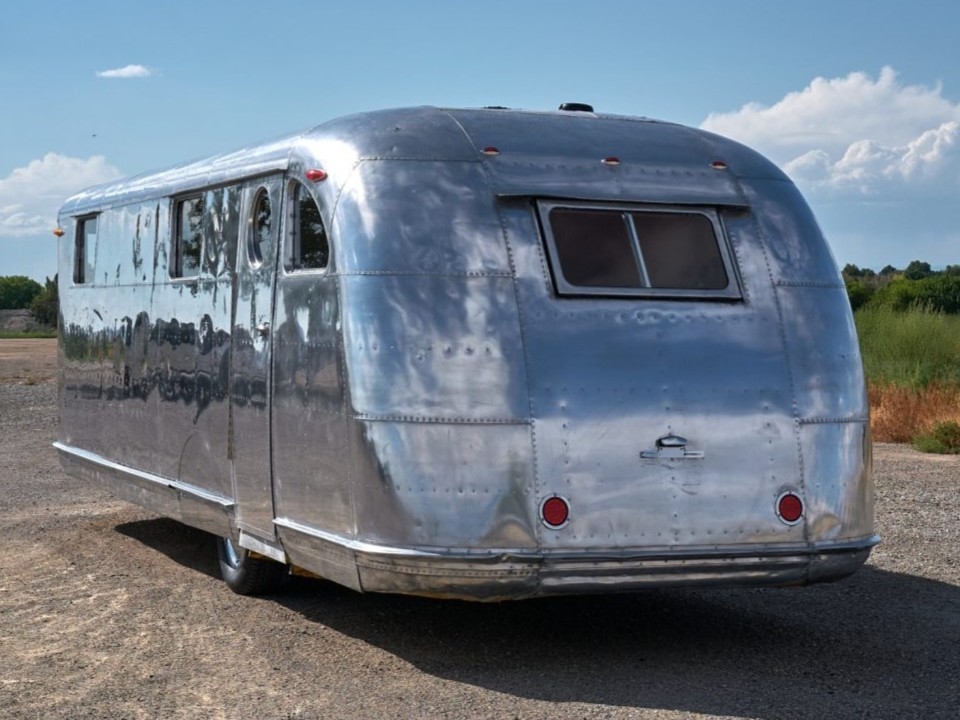
I have long found Spartan trailers captivating, and, given a heavier purse and proper covered storage, I would totally rock one of these trailers, or a vintage Airstream. I adore how the campers and mobile homes of the 1940s and the 1950s combined both form and function into what I’d argue could be considered works of art. These are art that you can use the bathroom in!
Anyway, here’s some Spartan history if you haven’t read any of my previous coverage:
This trailer was the work of Spartan Aircraft Company of Tulsa, Oklahoma, which has its roots in oil. In 1905, the Ida Glenn Number One discovery well of the Glenn Pool Field struck oil at a depth of 1,481 feet. This well produced about 75 to 85 barrels of crude daily, and it became the stomping ground for rising American industrialists. Harry Ford Sinclair used the field to start Sinclair Oil and the infamous Jean Paul Getty Sr. started Getty Oil from the well.
William G. Skelly was another businessman to profit from the field. Skelly made a fortune from the Glenn Pool Field in the 1920s and used that money to fund his aviation interests. In 1938, he purchased the Mid-Continent Aircraft Company, renamed it the Spartan Aircraft Company, and started the Spartan School of Aeronautics.
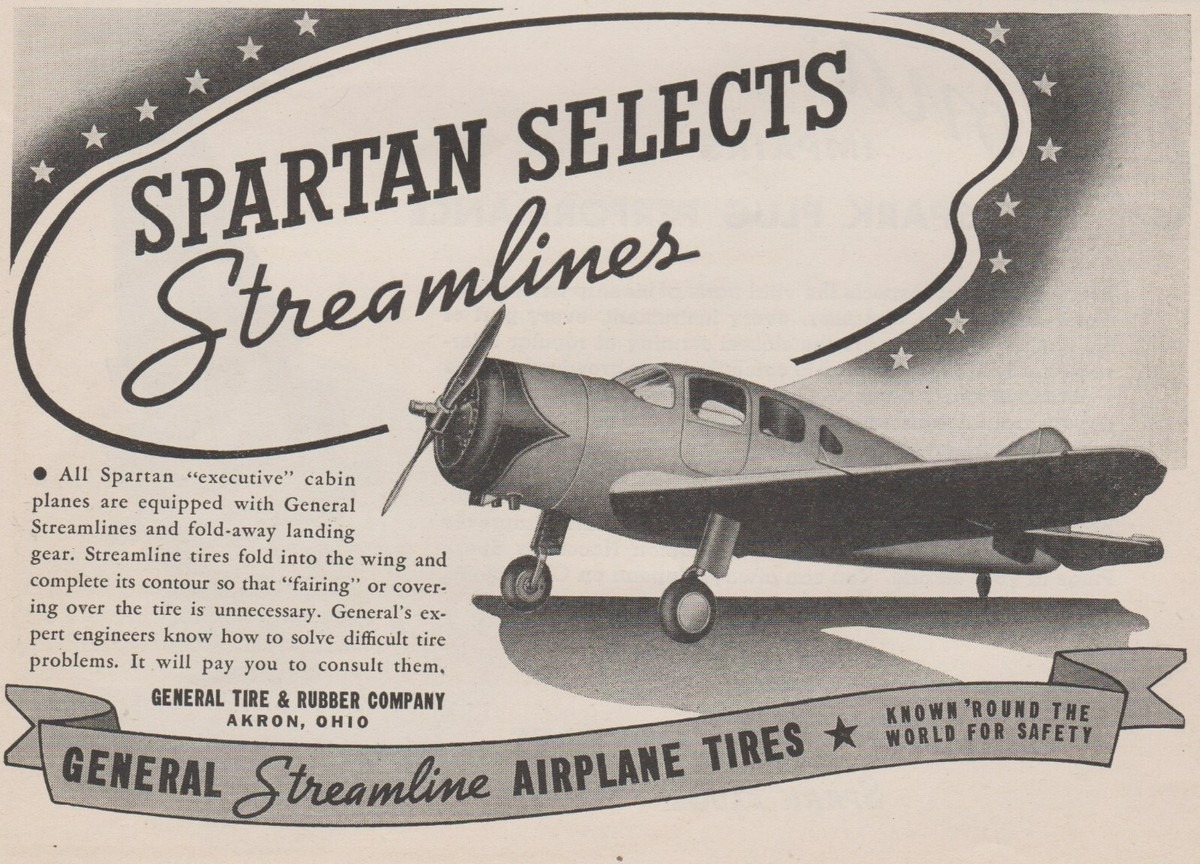
Some of Spartan’s first aircraft included the Spartan C3 biplane, which was built starting in the late 1920s. Spartan is best known for the Spartan Executive, a high-performance luxury monoplane marketed towards corporate executives. Built starting in 1936, the aircraft had a then-impressive 190 mph cruising speed and a range of around 1,000 miles. The Executive could be seen as the equivalent of a private jet in the pre-jet age. As such, famous people like Howard Hughes bought their own Spartan Executives.
Spartan, which fell under the control of Jean Paul Getty Sr. around 1935, continued to see fortunes in the aircraft business through World War II. The company built military aircraft and, through its Spartan School of Aeronautics, trained the next generation of pilots, mechanics, and engineers.
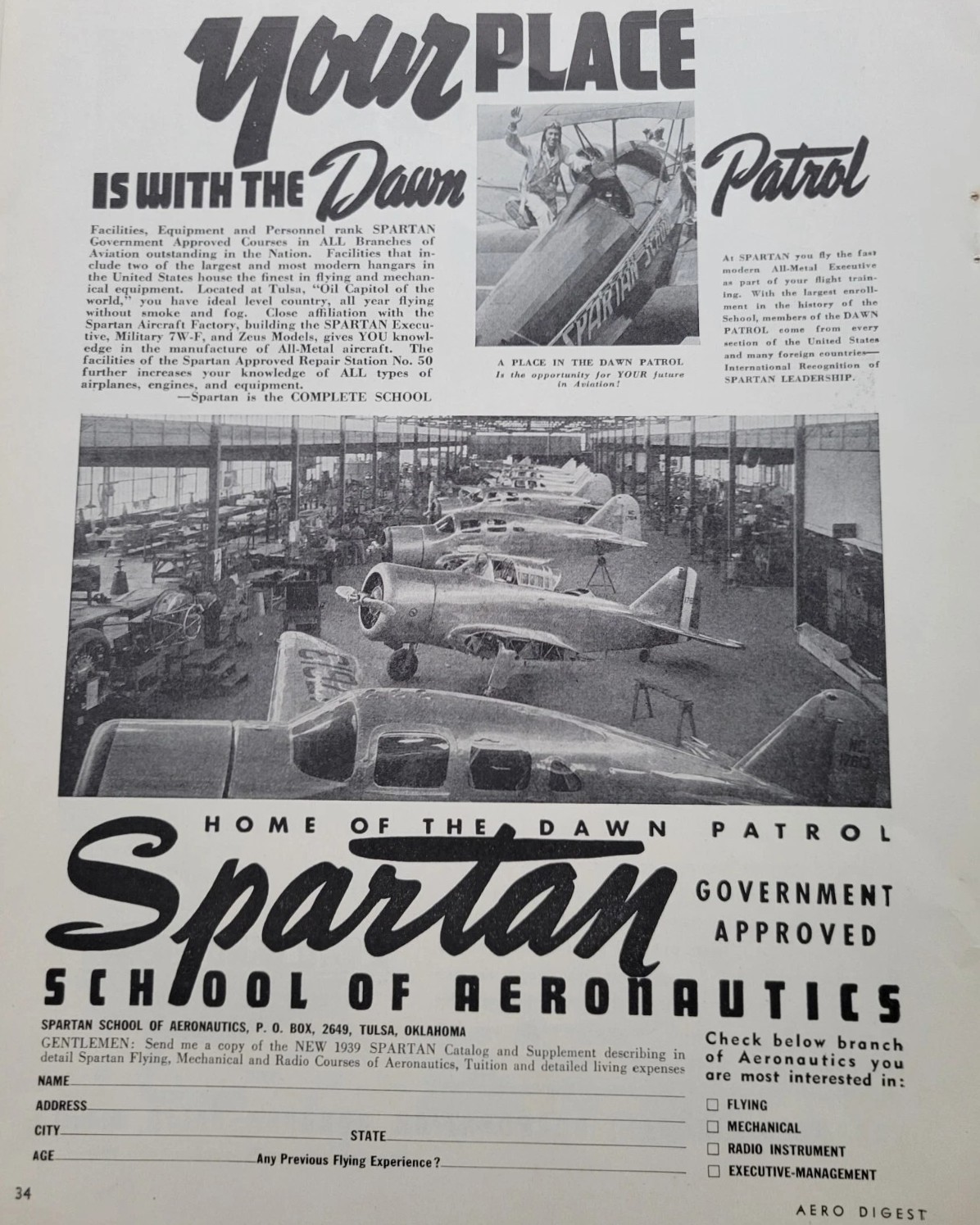
However, after the war, Spartan found itself in a spot of trouble. Demand for military aircraft had fallen off a cliff, and the Spartan Executive just couldn’t compete with the surplus warbirds that wealthy businessmen scooped up to turn into private aircraft.
Spartan’s engineers were already testing out other ideas, including trailers and cars. Getty decided that if Spartan were to survive, it needed a product with mass appeal. Making a car could have been a good idea, as motoring only increased after World War II, but Getty decided to solve the problem of housing in postwar America. Soldiers returning to the country who didn’t have a home to go to needed a place to live, and Getty decided that these people could buy a Spartan. The company’s first production trailer launched in 1945.

Sadly, while Spartan had the right idea, it wouldn’t last. The company built some 40,000 trailers, some of which were arguably some of the grandest living spaces on wheels, but the Spartan Aircraft Company fizzled out in the early 1960s. It’s believed that the last Spartan trailer was built around 1962. After shutting down its plant, Spartan sold its name to the flight school and then got into the insurance business.
Technically, the biggest surviving part of Spartan is the Spartan School of Aeronautics, which is now known as the Spartan College of Aeronautics and Technology.
That brings us to the trailer we have on deck for today.
Polished Glory
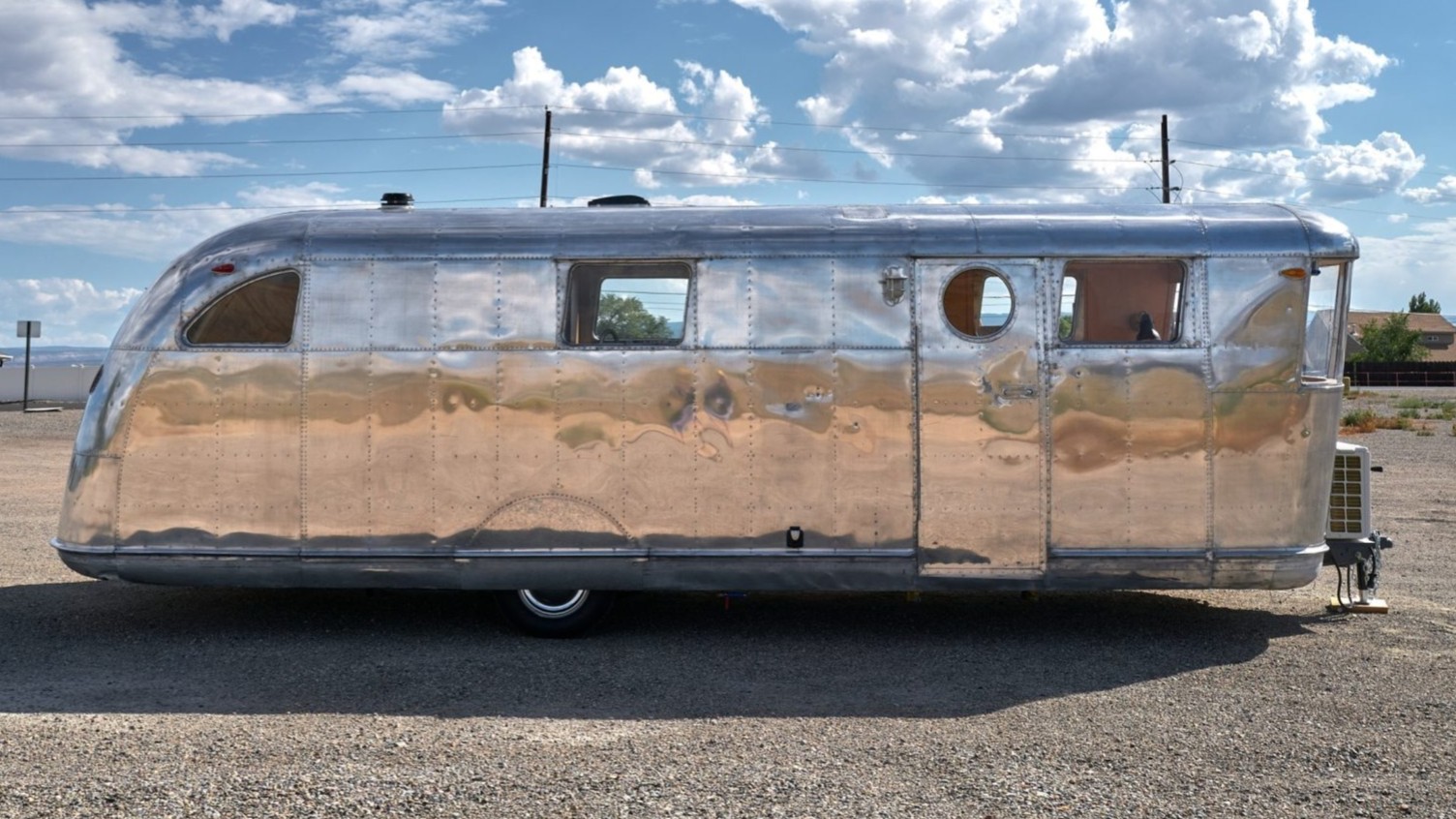
Spartan was famous in the 1940s and 1950s for loading its trailers down with luxury. It won’t be hard to find enthusiasts claiming that these were the “Cadillac of trailers” when they were new, and there is some truth to it. Spartan’s trailers were beautiful, innovative, and required its buyers to be flush with cash.
The Spartan Manor Model 25 was designed by J.R. Schutes, and like Spartan’s other early trailers, took cues from the Spartan Executive. It’s built out of semi-monocoque riveted aluminum construction riding on a steel chassis, and, when new, was inspired by Art Deco works. The riveted aluminum is an important note here. By using a stressed aluminum structure with internal stringers for support like an airplane, trailers like Spartans, Airstreams, Bowlus, and others didn’t need to use arguably inferior wood framing. When these trailers sprang water leaks, the rot wasn’t as bad as a typical trailer.
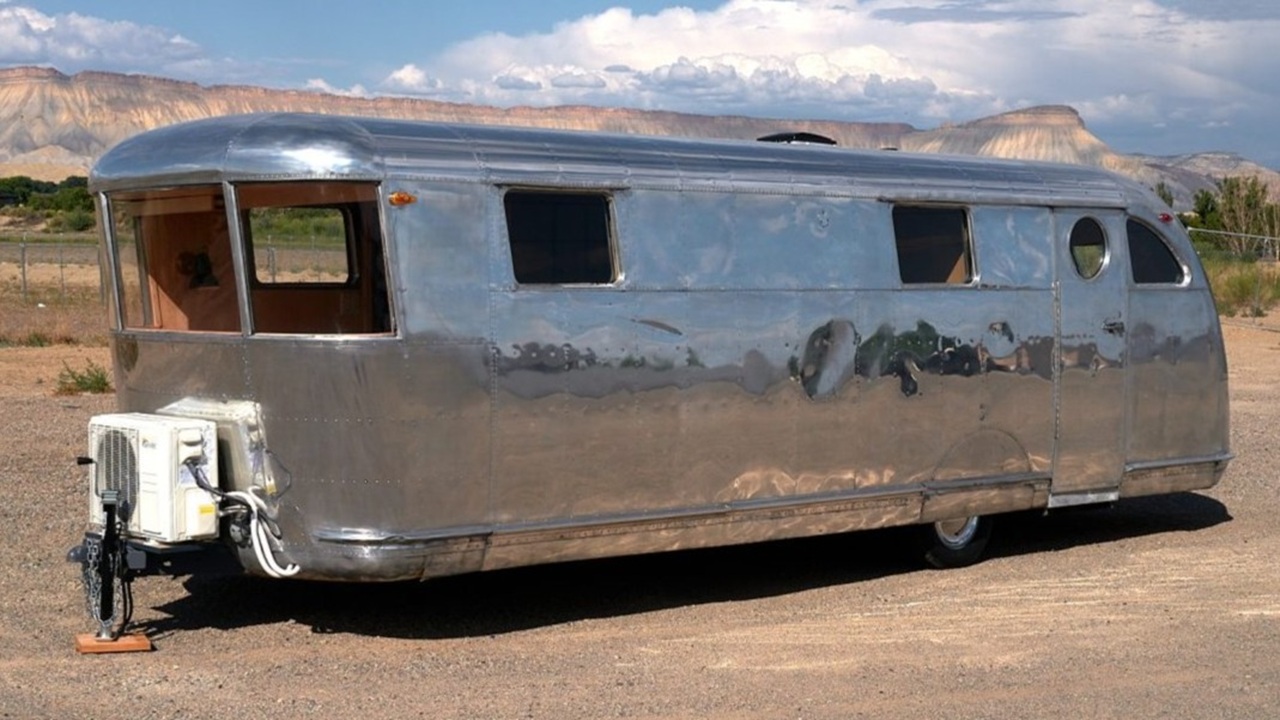
The Model 25 launched in 1946, only a year after Spartan got into the trailer game. It measures 25 feet long, is eight feet wide, and is currently estimated to weigh somewhere between 4,000 pounds and 4,200 pounds. In 1946, a 25-foot Spartan Manor Model 25 was about $3,670, or about $$65,495 in 2025.
What’s also pretty neat here is that this trailer was restored by Kevin Molick, the founder of Timberleaf Trailers. Kevin had a background in woodworking and home remodeling before he got into campers. According to the Bring a Trailer listing, Kevin acquired the trailer only last year and then performed the restoration. Kevin sold Timberleaf Trailers last year and retired. Of course, like many retirees, Molick wanted a hobby, so he’s decided to restore vintage trailers as a way to pass the time. This is the second trailer Kevin’s restored thus far.

Here’s what he says about why he restored this trailer:
I am not trying to make a living restoring old Spartans but hope to rebuild/restore one a year doing most all the work myself. My woodworking background was mostly building MCM furniture so the Spartan aesthetic fit my style just right. I tried to pay homage to the original design while introducing my personal modern twist on the style. Every component in the trailer inside the aluminum skin is new from the real wool insulation to new plumbing and new electrical. I also like using Maple for most of the paneling to give it a lighter color and then used White Oak for the cabinets for a subtle contrast. This trailer is ideal for someone wanting a cool backyard ADU or park on a remote property in lieu of building a cabin or tiny home.
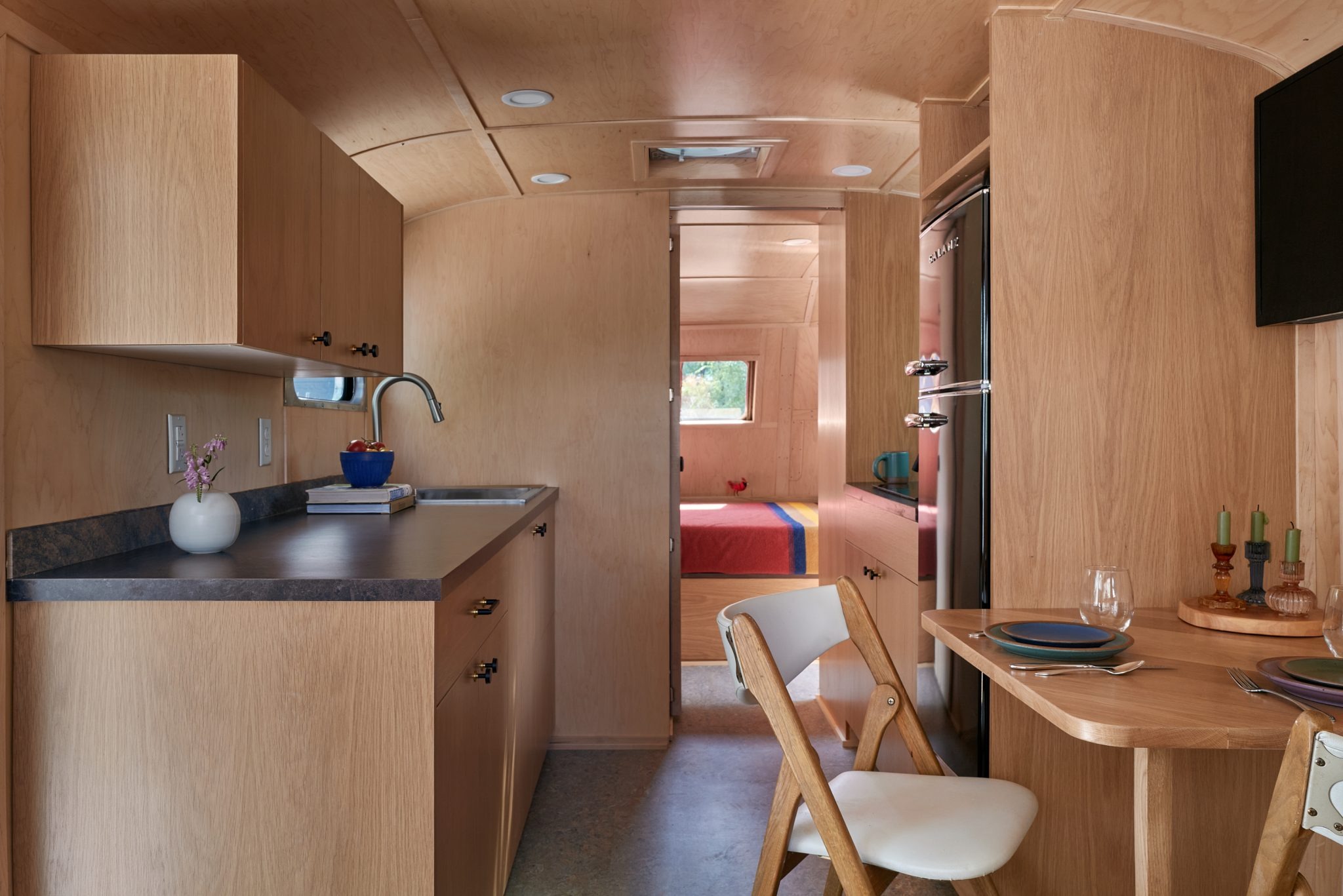
The trailer’s body shows dents and scrapes, but presents well and has been polished to a mirror-like shine. I like that Kevin didn’t try pulling the dents or making the exterior perfect. This trailer has survived several decades, I think it deserves to wear its minor imperfections with pride.
But the inside is where Kevin put his magic to work. From the listing:
Maple interior paneling and custom cabinetry with low-VOC finishes were installed during the 2025 refurbishment, which also included the addition of Marmoleum flooring. Insulation is said to have been fitted behind the walls and under the chassis during the project. The observation lounge houses a pair of chairs upholstered in salmon cloth, wall-mounted lamps, and a corner table beneath an Onn television. A Senville LETO mini-split heating and air conditioning system was installed during the refurbishment.
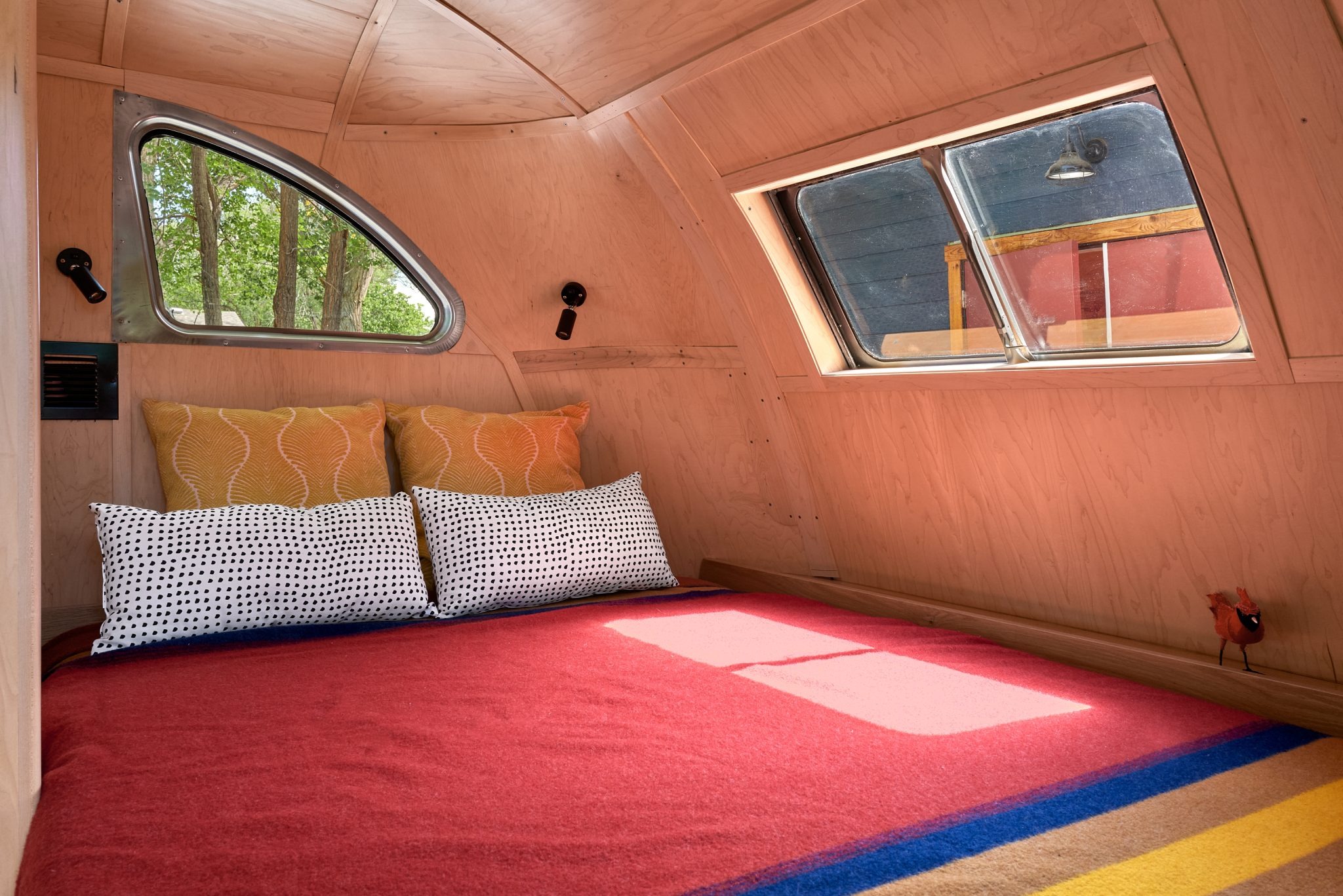
The galley area houses upper and lower custom cabinetry with dark gray countertops and a stainless-steel sink. Appliances include a black Galanz refrigerator with a top-mount freezer and an Empava dual-burner inductive cooktop, while a Rheem water heater is located under the counters.
A wet bathroom was added during the refurbishment and features a hand-held shower head, a sink, and a pedal-flush Dometic toilet. The bedroom area houses a queen-size mattress, a built-in wardrobe, an under-bed drawer, and wrap-around shelving. Furnishings and décor items pictured in the listing photos are not included in the sale, with the exception of the chairs and tables in the observation lounge area.
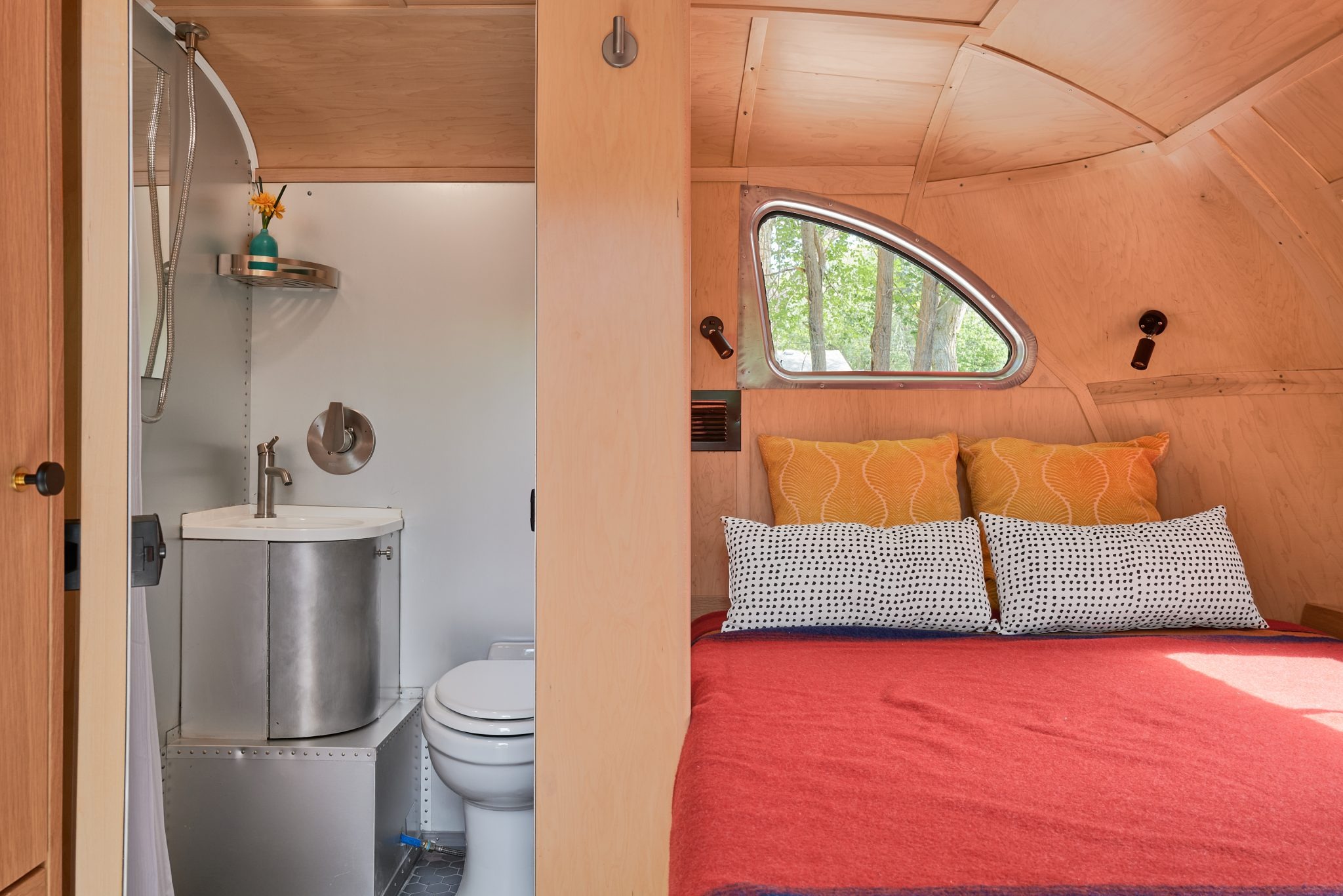
It’s said that this trailer got new window seals during the restoration, and the trailer also has leaf springs and electric brakes. There is a manual jack up front, and no stabilizers. The trailer does have shore power connections for electricity and water, but there are no holding tanks. This is faithful to the trailer’s original mission, as Spartans were generally used as mobile house trailers, not camping trailers.
However, in the modern day, lots of old Spartans are being converted into campers. If you want to take this camping, that wouldn’t be hard. You would either want to park this at a campground with a sewer connection or install your own tanks. Otherwise, as Kevin notes, this Spartan would make for a cool sort of turnkey tiny house.
Bright And Cool
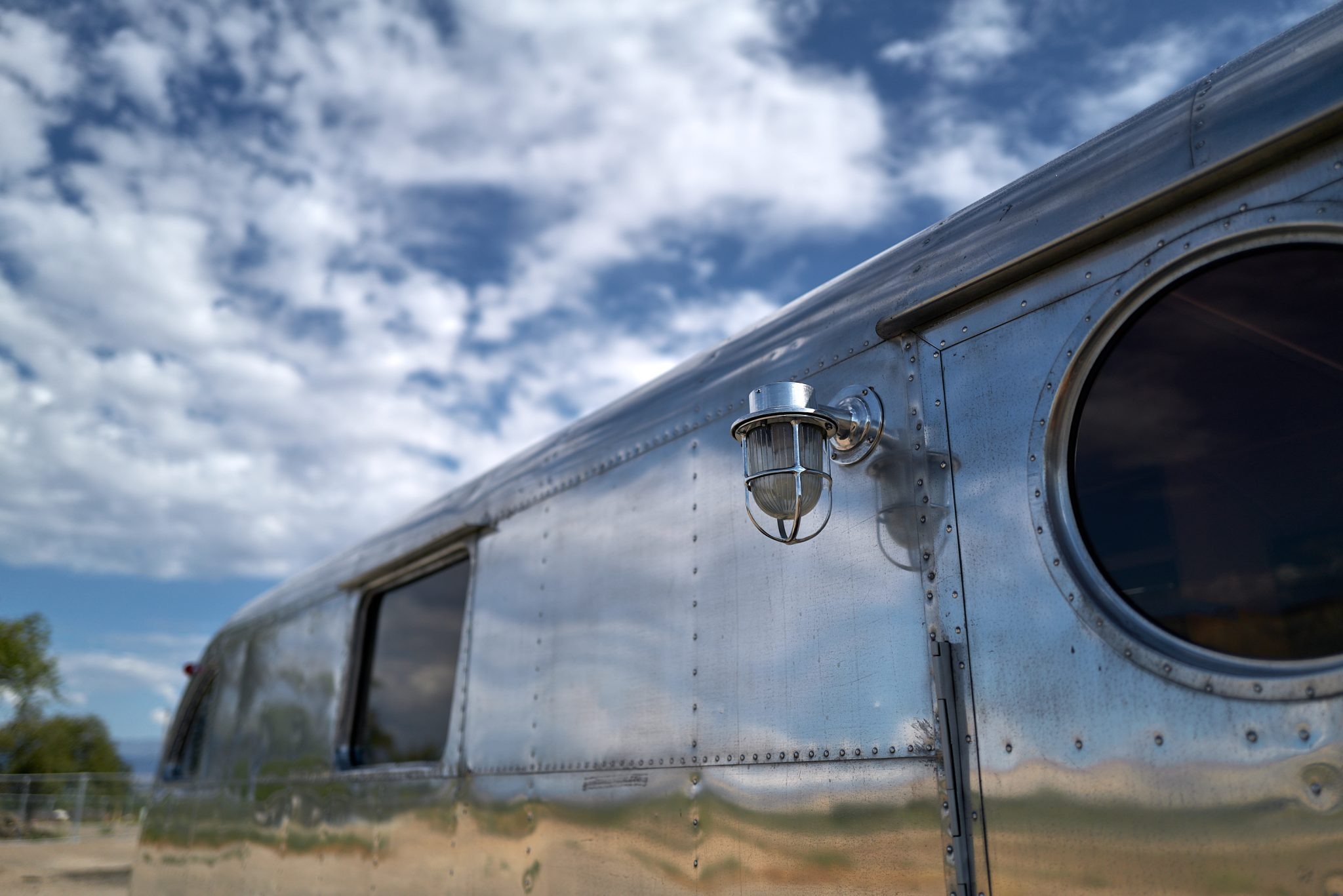
A plus about this trailer is that it wasn’t restored by some random guy in his garage, but someone with a proven track record. So, even if you want to install your own tanks, I think it’s still a cool rig. I also like how light it is. While this trailer would look best with a period-correct tow vehicle, it’s light enough that you could tow it with a Volkswagen Atlas if you wanted to.
Bidding is at $13,500 with two days to go on Bring a Trailer. The trailer is located in Grand Junction, Colorado, and forget about shipping. Roll up with a tow vehicle and sleep in the trailer on your way home. It looks nicer than many hotel rooms I’ve been in!
There’s a lot to love here. I love that these old trailers are getting restored and put back into use. I adore these vintage designs, and I love that this one even has a bathroom. Hey, Indiana RV companies, are you reading this? Make a new camper that looks like this, and it would be so cool.
Top graphic image: Kevin Molick/BAT

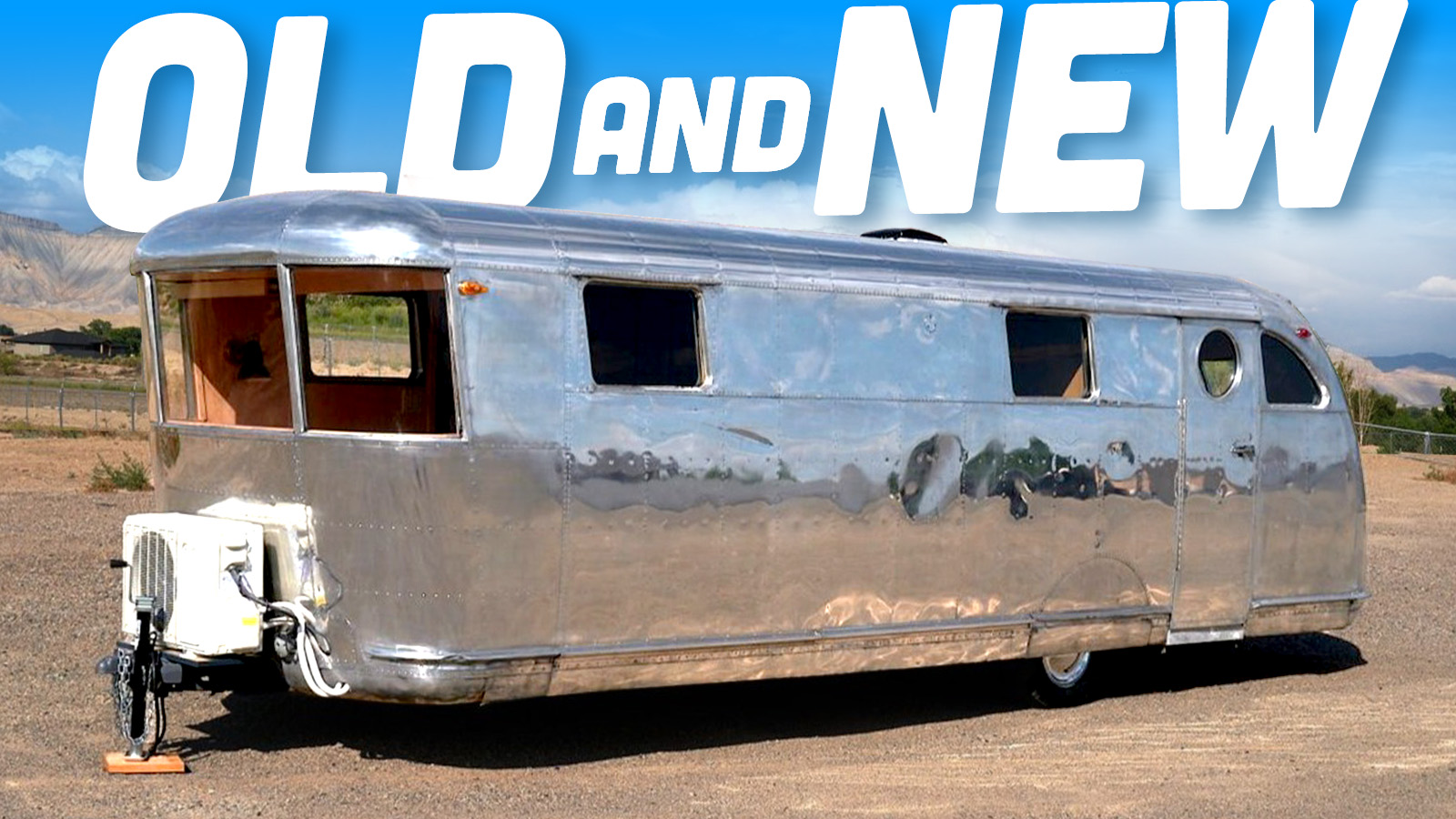



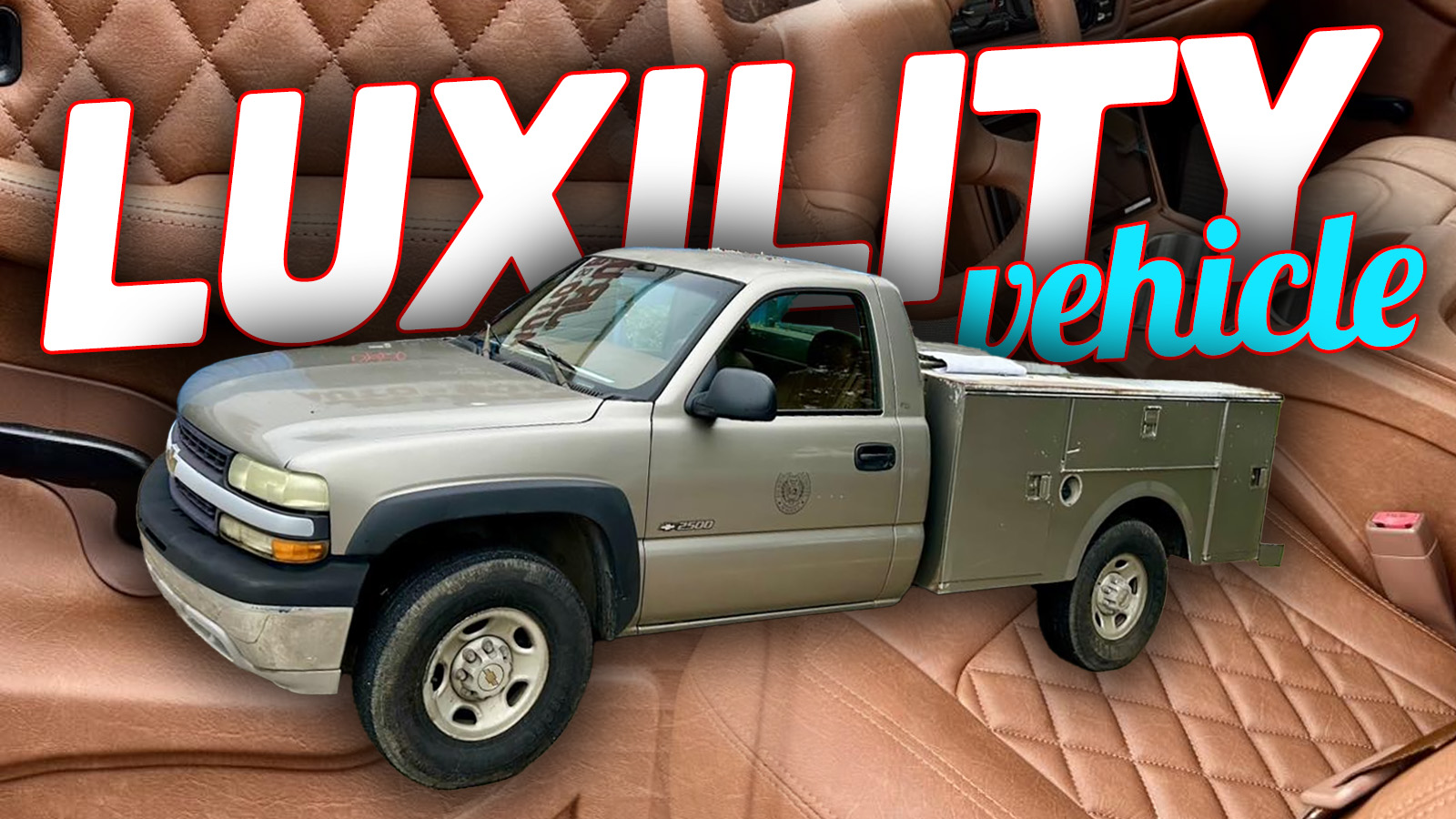


“These are art that you can use the bathroom in!”
This is art you can’t use the bathroom in.
Interior looks like IKEA, but I am happy to see these old campers being restored.
Hang on, this is in my town. I’m going to have to look this guy up.
That is the best looking RV interior I have seen is a very long time. I wonder if it still smells of cigarettes?
Even with shipping costs to California, this would be a great deal for an ADU. Unfortunately, we have no space on our property for such a vehicle.
I’m not sure I would describe that lumpy, dented, thing as gorgeous on the outside (and keeping it polished – nope) – but I definitely dig that very, very MCM plywood interior very much. That is how I would want a modern RV to look inside, instead of Grandma’s 1979 house or Gin Palace, which seem to be the two default choices today.